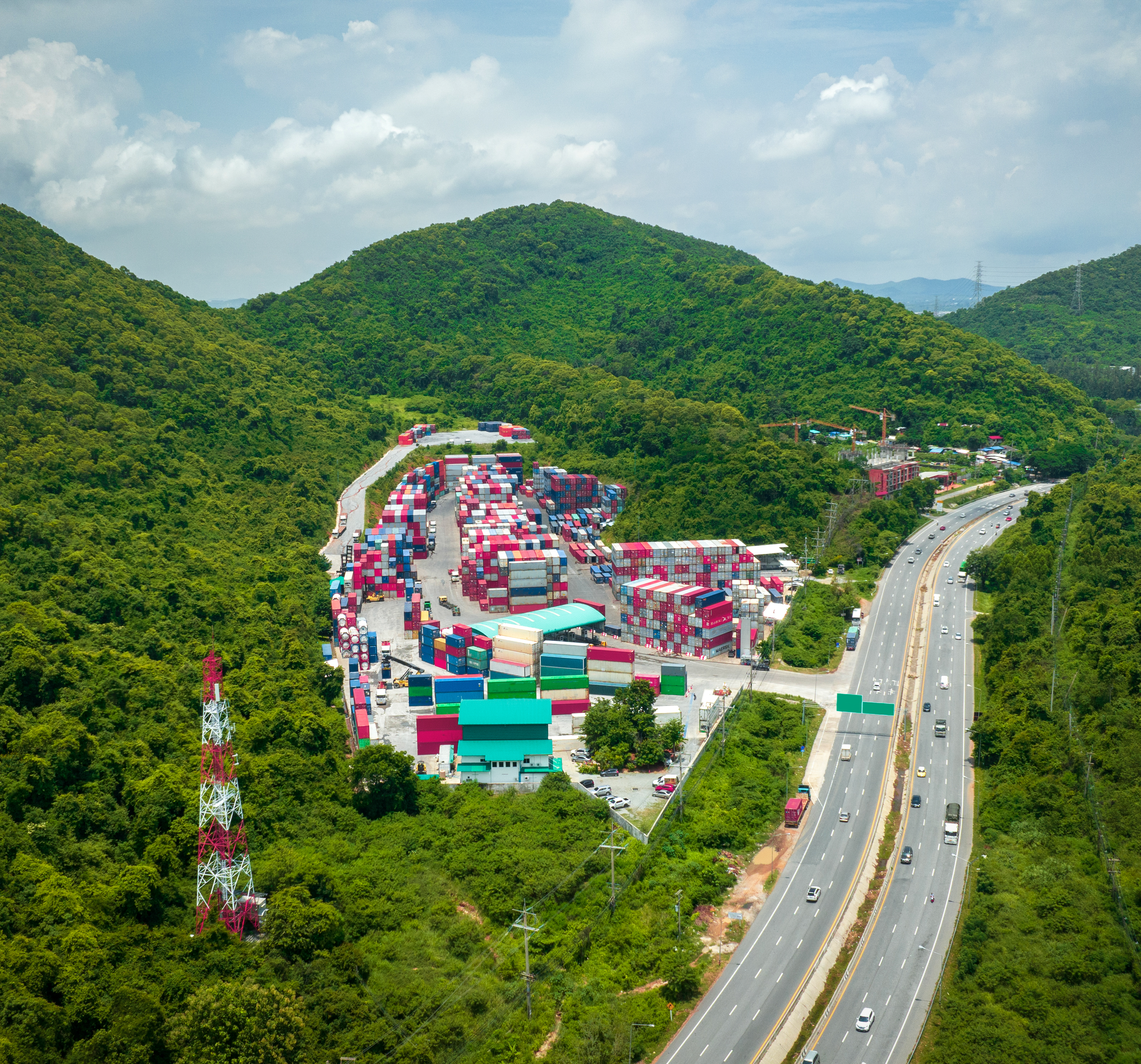
Adaptation has become the compass guiding success. This constant change challenges us to expand our horizons beyond the perspective of our own generation and embrace the new possibilities that emerging generations are bringing.
The supply chain is the backbone of organizations and requires leaders to evolve with it to remain competitive.
In this article, we will explore how changes in leadership profiles can influence supply chain management and how the latest technological generation plays a crucial role in this process.
Generations in the Supply Chain
Silent Generation (1928-1945)
| Attribute | Description |
|---|---|
| Context | This generation grew up in a period marked by the Great Depression and World War II, which influenced their values and perspectives. |
| Advantages | Experience and the ability to work without technology. |
| Disadvantages | Preference for traditional methods. |
| Style and Focus | Their approach is based on experience, opting for proven methods and valuing stability and efficiency in their operations. |
| Tools | Include paper, pencil, boards, and charts. |
| Challenges | Adapting to modern tools and processes in an increasingly digitized world. |
| Risks | Slow decision-making and a preference for simple systems and printed reports, along with resistance to new digital tools, pose risks for this generation. |
Baby Boomers (1946-1964)
| Attribute | Description |
|---|---|
| Context | They were born in the post-war era and experienced a time of economic expansion and social change, witnessing significant events like the Vietnam War and the civil rights movement. |
| Advantages | They stand out for their strong work ethic, value interpersonal relationships, and bring rich experience. |
| Disadvantages | They may show resistance to adopting modern technology in their work practices. |
| Challenges | The challenge for this generation lies in staying updated with constantly evolving digital trends and tools. |
| Risks | There is a risk of relying too much on past experiences rather than current data and approaches. |
Generation X (1965-1980)
| Attribute | Description |
|---|---|
| Context | The first generation to grow up with computers at home and experience the transition to the digital world, including the advent of the internet era. |
| Advantages | They have the ability to balance technology with personal experience. |
| Disadvantages | They may find themselves caught between traditional methods and new approaches. |
| Challenges | They face the challenge of mediating between younger and older generations in the workplace. |
| Risks | They can be perceived as either too traditional or too innovative in their approach. |
| Supply Chain Analytics Adaptation | They are receptive to more comprehensive ERP systems and Business Intelligence tools, combining experience-based insights with data analytics to enhance planning accuracy. |
Millennials (1981-1996)
| Attribute | Description |
|---|---|
| Context | They grew up with the expansion of the internet and witnessed significant events like September 11th and the 2008 Great Recession. |
| Advantages | Tech-savvy, value collaboration and teamwork. |
| Disadvantages | They may be perceived as impatient or lacking experience. |
| Challenges | Earning the trust of older generations while introducing innovations in the workplace. |
| Risks | There is a risk of excessive dependence on digital tools at the expense of practical experience. |
| Supply Chain Analytics Adaptation | They adopt cloud-based platforms, advanced data visualization, and simulation tools, collaborating cross-functionally to gain a more comprehensive view of analytics. |
Generation Z (1997-2012)
| Attribute | Description |
|---|---|
| Context | They are digital natives and are familiar with social media from an early age. |
| Advantages | Quick to adopt new technologies. |
| Disadvantages | They may lack experience and be perceived as impersonal. |
| Challenges | They must learn from past experiences while introducing innovative approaches in the workplace. |
| Risks | There is a risk of over-reliance on emerging technologies and a lack of long-term vision. |
| Supply Chain Analytics Adaptation | They incorporate AI, machine learning, and other advanced algorithms to automate and optimize planning, showing a willingness for predictive systems and real-time collaboration platforms. |
Is Your Company Prepared?
The key question that all companies must ask themselves is whether they are prepared for the evolution of leadership profiles and the latest technological generation in supply chain management. The table above shows how different generations may approach this management differently.
If your company is led by a generation that values experience and stability, it's important to consider a gradual transition to digital tools and training to adopt advanced technologies. If, on the other hand, your leadership leans towards digital, you must ensure that your supply chain is making the most of the latest technological innovations.
Conclusion
The evolution of leadership profiles and the latest technological generation are transforming supply chain management. Adaptation is key to business success in this ever-changing environment.
Consider how your company is positioned in this evolution and make sure you are leveraging the available supply chain tools to the fullest. Effective supply chain management is fundamental to competitiveness in today's market, and embracing technology is an essential step in this journey.


























































 Imperia_thumbnail.jpg)





















